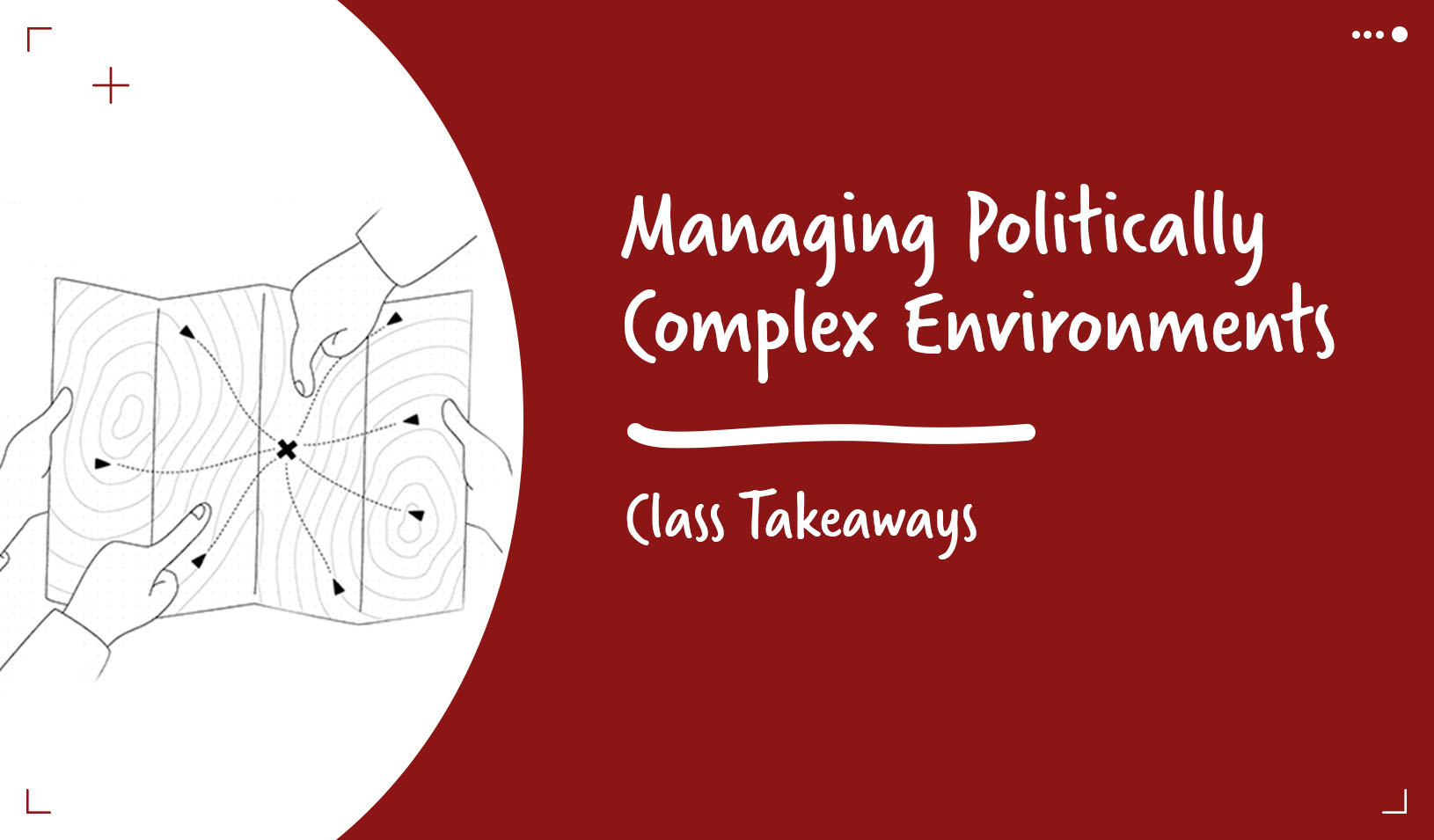
Risk takes all forms. For example, a documentary about Sea World’s treatment of its orcas sank the company’s stock, which still hasn’t recovered. | Reuters/Mike Blake
While political risks have grown more complex, wisely managing them remains fairly straightforward, two Stanford scholars say.
For companies, political risk is defined as the probability that a political action will significantly affect their business — whether positively or negatively.
Whether those threats come from government, Twitter, terrorists, or activist hackers, the reality is that political risks can blindside even the best managers if preparatory measures are not taken, say Condoleezza Rice and Amy Zegart, two Stanford political scientists. They co-taught the Stanford MBA course, Managing Global Political Risk, to more than 200 students over the past six years, collecting case studies and research for their course.
Zegart, the Davies Family Senior Fellow at the Hoover Institution and co-director of Stanford’s Center for International Security and Cooperation, and Rice, the Thomas and Barbara Stephenson Senior Fellow at Hoover and a former U.S. secretary of state, feature their findings in the book, Political Risk: How Businesses and Organizations Can Anticipate Global Insecurity. Rice is also the Denning Professor in Global Business and the Economy at Stanford Graduate School of Business.
Drawing on social science research, interviews with industry leaders, and their own experiences, Rice and Zegart explain why political risk is so hard for all organizations to see. They provide detailed examples of best practices and cautionary tales in risk management from leading businesses as well as insights from aircraft carrier operations, NASA’s space shuttle program, and professional sports teams.
Political Risk offers a new approach for anticipating, analyzing, mitigating, and responding to possible threats that can be applied in any organization.
Zegart says that such risk is no longer just about a foreign country’s tax system, regulatory environment, or threat of expropriation.
“Instead, security challenges — wars, civil unrest, cyberthreats, terrorism, and insurgencies — pose risks and opportunities for global organizations and businesses, which could have catastrophic or, if well handled, beneficial consequences,” Zegart says.
At the same time, globalization and social media have given local people everywhere an ability to spread messages and join in common causes around the world. As a result, politics in one location can have cascading effects elsewhere — whether it’s the spread of Tunisian protests in the Arab uprisings or a campaign to ban the sale of “conflict diamonds” from war-torn African countries.
From Fairy Tale to Nightmare
Consider SeaWorld, the theme park company that in 2013 had just completed an initial public offering that exceeded expectations, raising more than $700 million in capital and valuing the company at $2.5 billion, according to Rice and Zegart.
Eighteen months later, SeaWorld’s fairy tale had become a nightmare. The stock price had plunged 60% and top management resigned. Why? A low-budget documentary film examined the treatment of the company’s famed killer whales. Soon, news headlines were excoriating the company, with pressure growing on public officials to regulate the handling of killer whales. Amid the backlash, SeaWorld’s stock fell from $38.92 a share to $15.77 in 2014 — and it has not recovered.
So, how can companies and organizations best manage political risk in our current environment of rapid information? Rice and Zegart suggest a new “framework.”
Understand Risks
Companies need to evaluate what their appetite is for political risk. For example, while oil and gas companies undertake long-term investments in distant countries, they might be willing to tolerate more risk than more retail-oriented industries, such as hotel chains and theme parks, that face customers on a daily basis.
Also, they should ask: What is their company-wide understanding about the tolerance of risk? Rice and Zegart suggest companies encourage creative thinking to guard against “blind spots” or “groupthink” when it comes to judging risk factors.
Analyze Risks
Getting good information about political risks and conducting objective reviews and analyses of those challenges is important, Rice and Zegart wrote. That research can be used to make wiser business decisions grounded in reality. “Getting managers to use rigorous political risk analyses — of any variety — to defend investments can significantly improve decision-making.”
Reduce Risk Exposure
Organizations need to ask themselves how they can decrease their susceptibility to identified political risks. Do good systems and teams exist that can react and handle situations on a timely basis? Also, Rice and Zegart note, managers can take steps to minimize potential damage long before a crisis unfolds if they plan properly and foresee the likely risks.
Respond to Risks
Organizations can learn from incidents where something may have gone wrong. They can use such knowledge to respond more effectively to future crises. “Leaders must react and correct for the human tendency to ascribe close calls to a system’s resiliency when it’s just as likely the near-miss occurred because of a system’s vulnerability,” according to Rice and Zegart.
They provide as an example a toy company that in 2006 wisely created a strategic risk management system that helped align views on risk across the company. Leadership set up systematic processes for training all new managers about risk; engaging every important business leader, including board members, in setting the risk appetite; identifying risks; and integrating risk assessment and reduction into business planning.
They also pointed to a hotel chain that now has a sophisticated security alert system. While the company acknowledges it doesn’t know when or where terrorists may strike next, it has increased preparedness and safety measures in every hotel. The company achieves this by notifying hotel managers about changing conditions that might pose a threat and informing employees what to do in potential cases of risk.
“In the end,” Rice and Zegart write, “the most effective organizations have three big things in common: They take political risk seriously, they approach it systematically and with humility, and they lead from the top.”
For media inquiries, visit the Newsroom.






